Slide film is a very difficult concept for me, as my experience of it so far has been the options currently in production – quite a bit more expensive than negative film, and featuring prohibitive ISO speeds, which make them difficult to justify in London unless I know for sure the weather will be accommodating. With much lower latitude I need to nail the metering dead on, which means adjusting my settings much more frequently than when shooting something like Delta 400, where I simply fix for the shadows and expect to lose the highlights.
The only slides I’ve ever been really happy with were the handful of keepers from a trip to Morocco at the start of this year; the Ektachrome gave me lovely National Geographic reminiscent tones. As much as I want to try and incorporate shooting slides alongside my regular workflow without a more reasonable speed I simply can’t justify it.
When I heard about Retrochrome 400, I knew I had to put the effort in and see whether this was the answer for me. I bought two rolls from Analogue Wonderland, and shot the first over the course of three days: one very sunny, and the other two quite overcast.
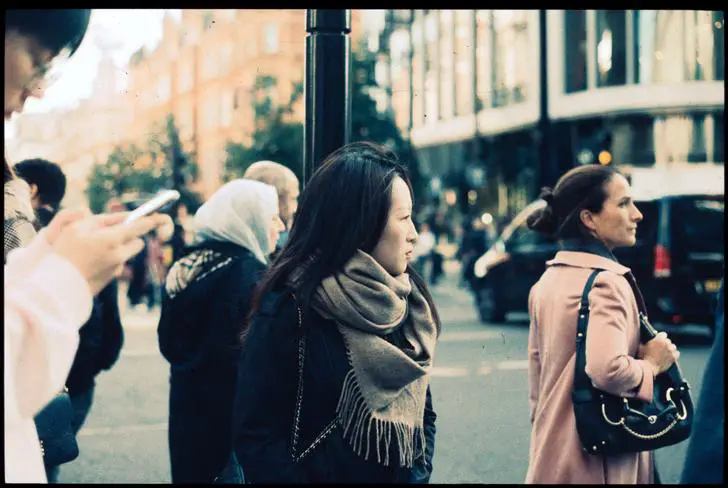
Retrochrome 400 is supposedly Ektachrome 2253, long expired but cold stored well enough for useable results – government surplus from a US Government testing site. It is described by FPP, the group who are responsible for rebranding, rerolling, and testing this film, as having “subdued colours, warm tone, increased grain and [an] overall pleasing vintage aesthetic.”
Having the option to shoot a higher speed slide film was alluring – 400 is my favourite “do everything” speed, as I have to make the fewest exposure compromises in the fewest situations. I knew that the results from Retrochrome would not match my use of Ektachrome, and that there could be some “character” (defects) – possible light leak, weird grain, colour cast; all down to the age of the film, and not really predictable until you’ve tried it.
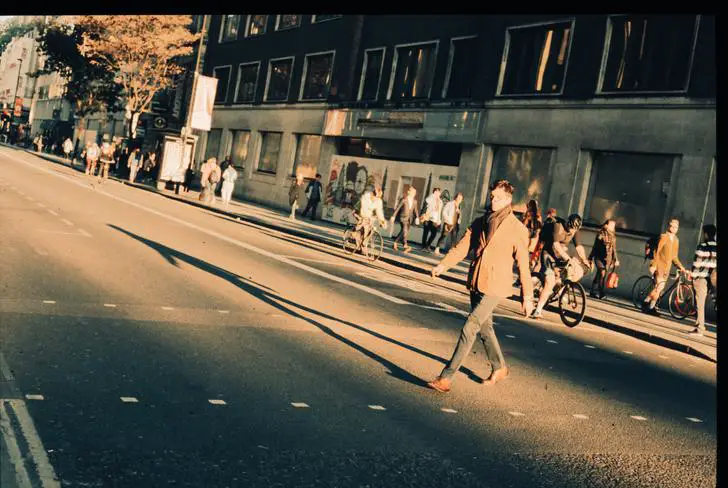
I metered as dead on for my subject as possible, and only had two rolls I think failed due to bad exposure. This meant constantly adjusting my settings as I moved through variable light, as I could have spotted something in light or shadow at any moment. This was quite distracting, and reaffirmed my preference for shooting on overcast days. I didn’t adjust the EI of the meter, and read for 400 at all times.
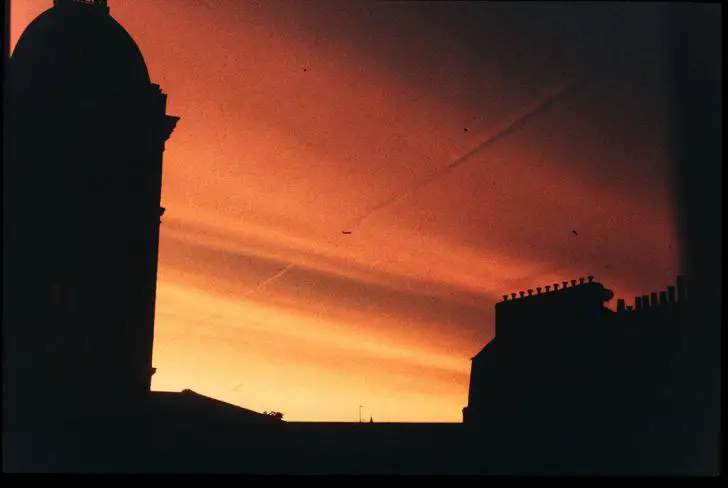
I was actually really happy with the results of this roll – I think you can tell that the ilm is expired, but it has an aesthetic quite unlike any expired film I’ve shot previously. It has as consistent a look as you could want, although some frames definitely worked better than others. I think the midtoned scenes definitely worked better than anything with high dynamic range.
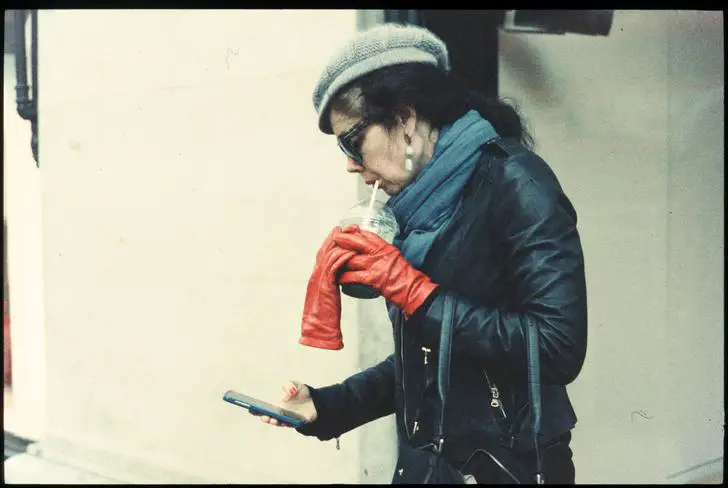
Grain was much less noticeable than I was expecting, and there weren’t any of the other flaws I had been expecting.
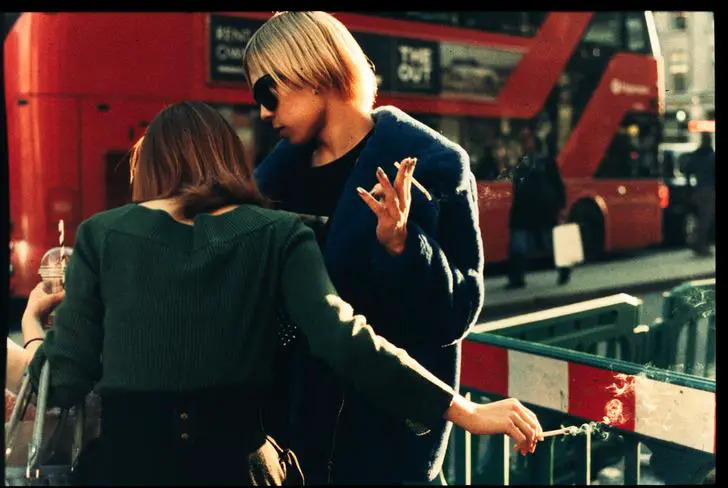
I made an effort to shoot as many colourful scenes as possible, which was a lovely exercise considering the amount of black and white I’ve been shooting recently. I’m saving the second roll of Retrochrome; now that I understand how the film looks and operates I think I’ll wait for a cloudy but rain free day and take it to Brighton. Hopefully the moody grey skies and dark blue of the ocean offer some interesting scenes!
Thanks for reading my thoughts on Retrochrome 400! If you enjoyed this piece you might enjoy some of the other articles I’ve produced for 35mmc. You might also consider following my feed on Instagram!
Share this post:
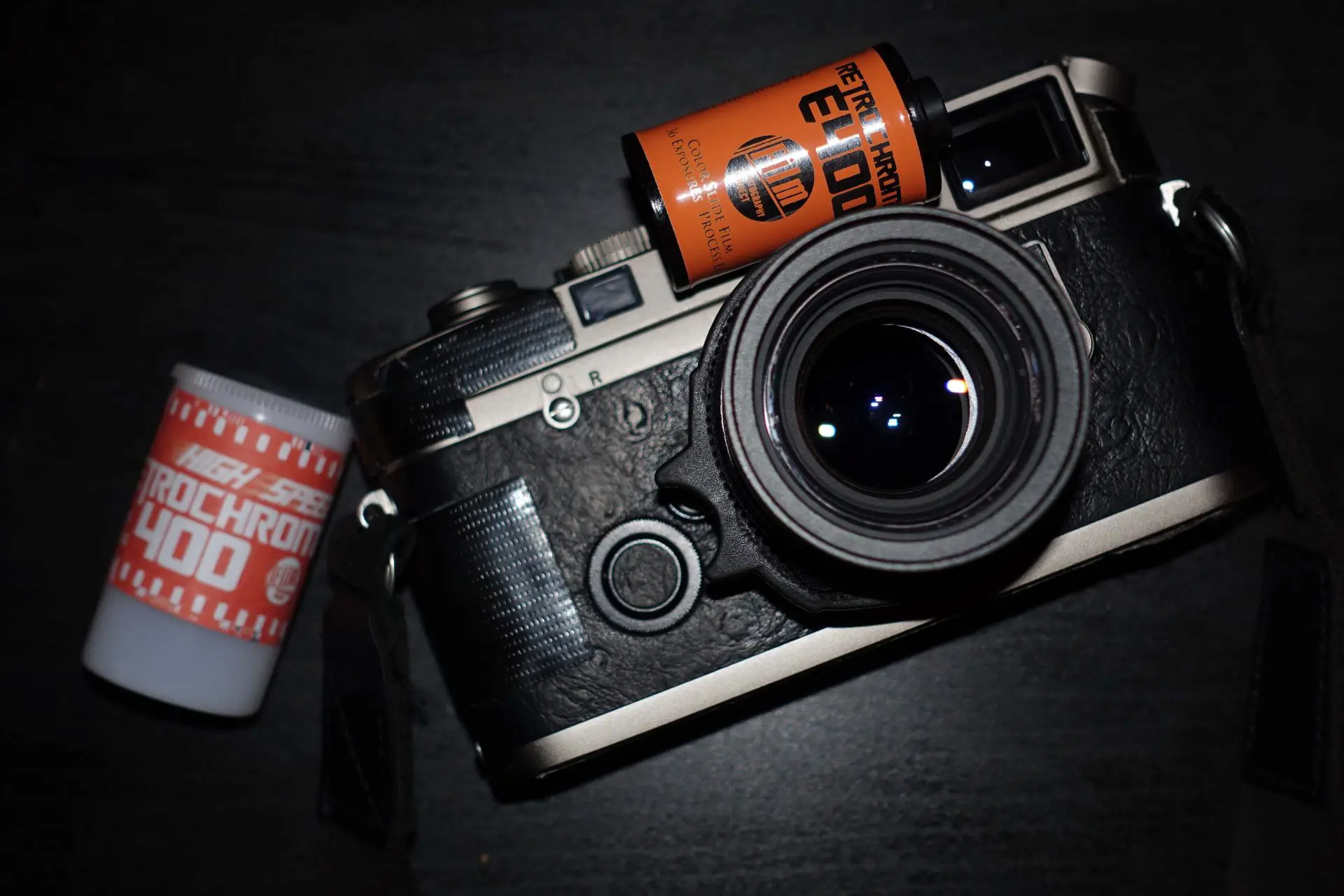
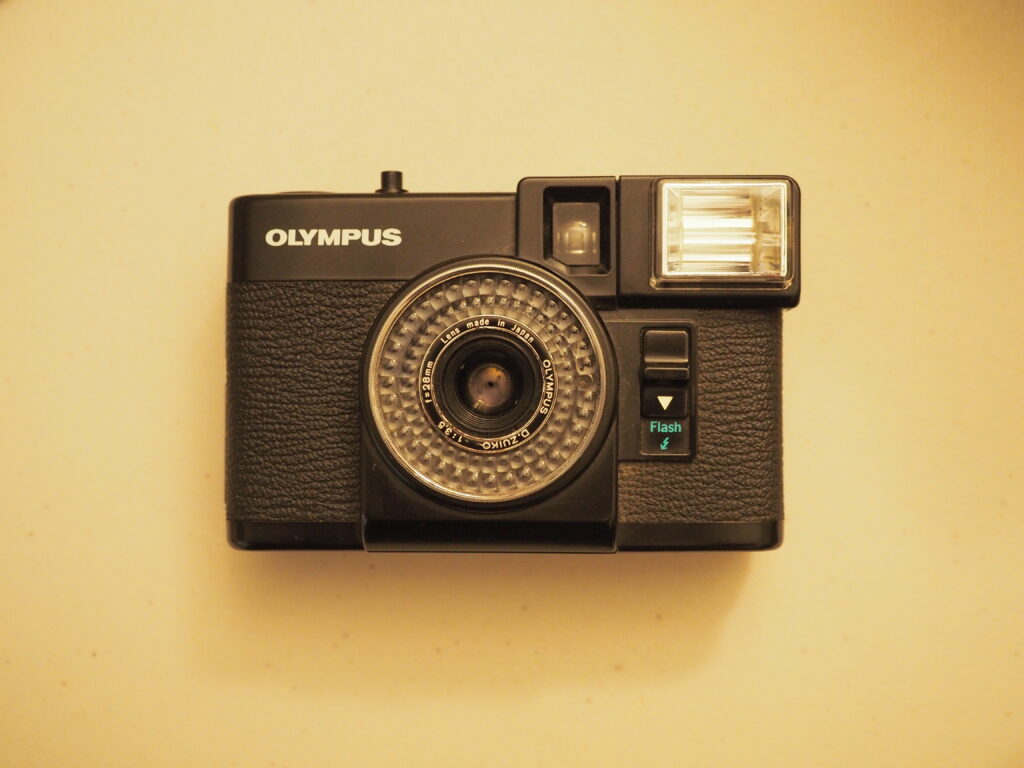
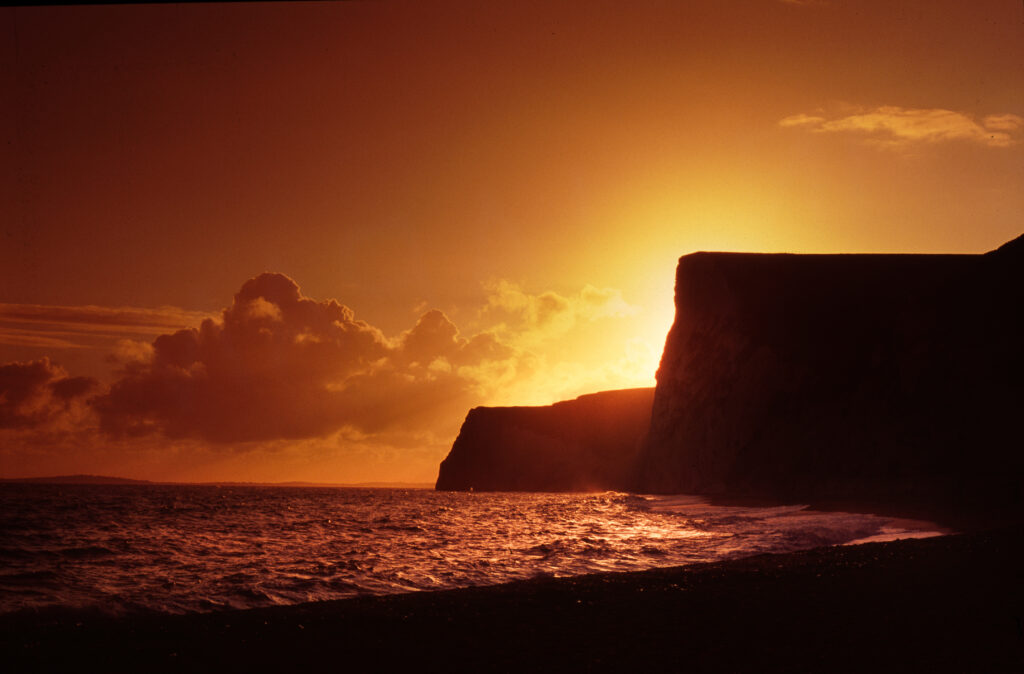
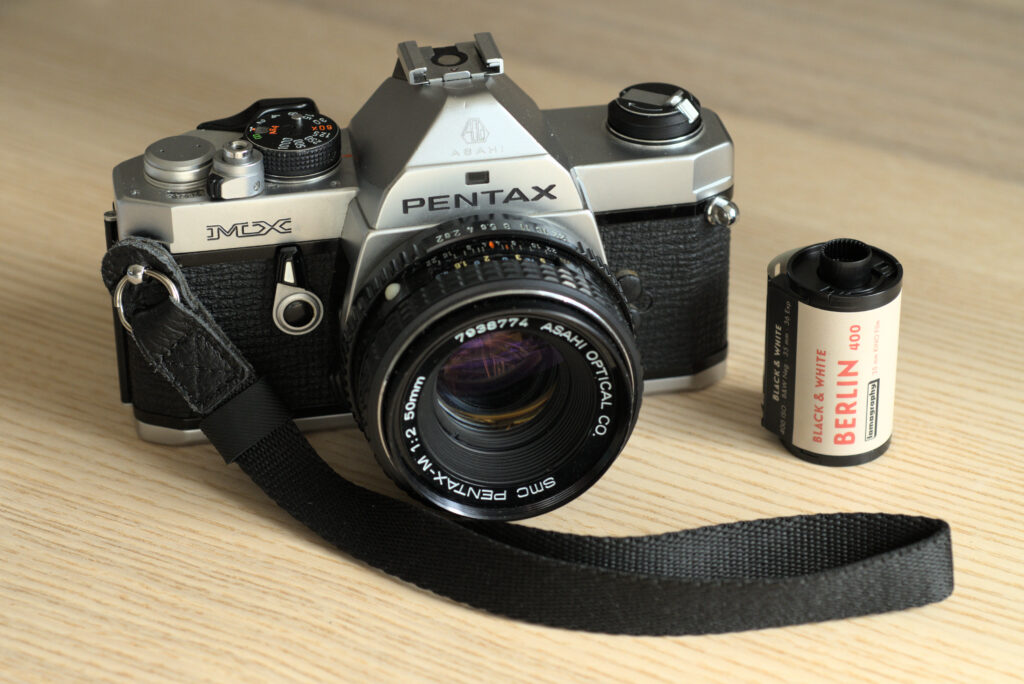
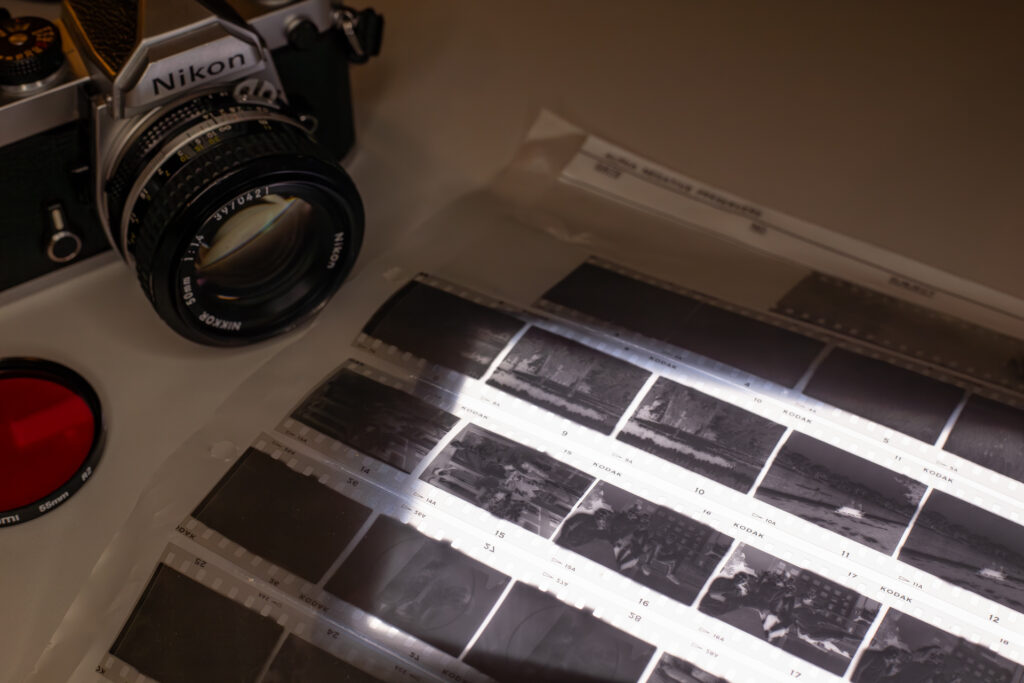




Comments
Roger B. on 5 Frames With FPP Retrochrome 400 – by Simon King
Comment posted: 23/11/2019
Comment posted: 23/11/2019
Trevor NC on 5 Frames With FPP Retrochrome 400 – by Simon King
Comment posted: 23/11/2019
Rock on 5 Frames With FPP Retrochrome 400 – by Simon King
Comment posted: 23/11/2019
Comment posted: 23/11/2019
Lee Wai Leong on 5 Frames With FPP Retrochrome 400 – by Simon King
Comment posted: 24/11/2019
Antonio on 5 Frames With FPP Retrochrome 400 – by Simon King
Comment posted: 24/11/2019
luis on 5 Frames With FPP Retrochrome 400 – by Simon King
Comment posted: 25/11/2019
Isolation Photo Project, Day 47 by Khürt Williams on 5 Frames With FPP Retrochrome 400 – by Simon King
Comment posted: 09/05/2020
39 Slides / A Whole Roll of Fujichrome Sensia 100 (expired 2006) – #FullRollFriday - by Simon King - 35mmc on 5 Frames With FPP Retrochrome 400 – by Simon King
Comment posted: 14/08/2020